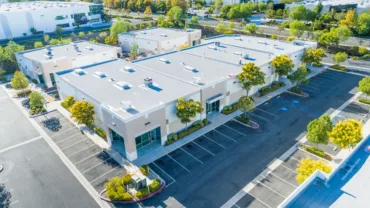In a recent post, we talked about how lawyers and other legal professionals can collaborate using digital technologies.
Online tech has provided a powerful set of tools for law firms and legal departments. But as we’ve also noted, too often those tools don’t work together. And that can make those tools less efficient. A new white paper from Thomson Reuters titled “Working Together: How digital integration can optimize the practice of law” examines how the technologies that legal professionals use today can actually hinder collaboration – and how truly integrated systems can boost it.
Where’s the connection?
Lawyers work with a shared set of data that can include pleadings, case law, research, forms, and so on. They have a variety of systems that use this data in different ways. These can include filing rules, business processes, litigation workflows, and court proceedings.
When two technologies, useful in themselves, can’t work with each other, it slows down the flow of work. That’s especially true when workflow depends on working together with colleagues in your firm or department. And these days, there are very few situations where this kind of collaboration isn’t essential.
There are ways of “making it work” that can overcome incompatibilities within digital legal processes. Sometimes you or your IT department (if you have one) can patch together a fix that sort of works. But you know it could work much better. What’s more, if you need to add another tech tool to the project, then you have to create yet another fix.
What you want and need is not a set of jury-rigged connections between disparate technologies. As we’ve said in a previous post, what’s needed is true integration. These days, what more commonly exists could be called superficial integration.
A peek at truly integrated systems
That’s largely because digital tech mostly comprises “point solutions” that address a single type of use, such as eDiscovery or document revision. As digital technology becomes more essential to our lives and our professions, we need those points to connect.
It’s true that connections between point solutions have been built. But in general, these connections don’t allow their users to achieve much more than a modest reduction in time spent moving from one application to another. In your practice, you probably find yourself spending too much time adding attachments to emails or dropping files into virtual boxes. What true integration promises, and what it has begun to deliver, is deliverance from these kinds of necessary but unprofitable chores.
True integration builds more than a single bridge between two separate “point” solutions. It creates several interconnections that allow numerous technologies to communicate. And that, in turn, means that legal professionals and their clients can truly collaborate.
An example we’ve been citing is HighQ, a cloud-based platform that allows many different legal-tech solutions to truly work together. On the tech side, HighQ brings together features like file sharing, team collaboration, document management, and client engagement. From a user perspective, HighQ provides you, your colleagues, and your clients a secure environment where you can share information and work together. And in terms of sheer productivity, HighQ saves valuable time previously spent moving documents and data from place to place or system to system.
Simpler systems and smoother workflows
In other words, one of the essential virtues of true integration is simplification. As we’ve seen, the HighQ platform simplifies many of the processes involved with legal practice. Using HighQ’s workflow automation, document automation, and its other capabilities, you can elevate the delivery of your legal services. You also can build a more productive and profitable relationship with your clients.









